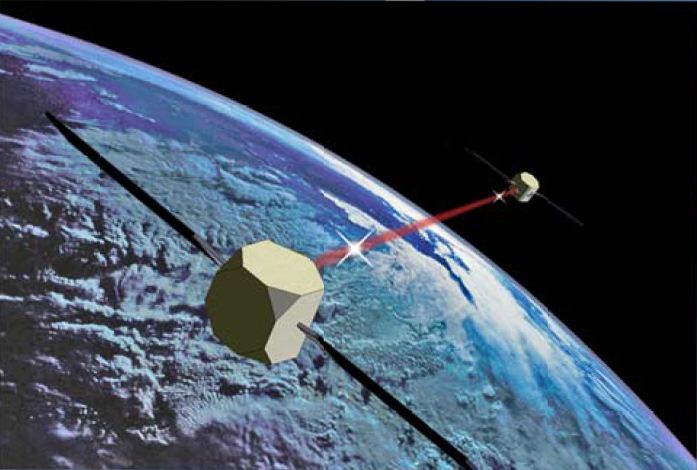Babak Saif
NASA GSFC
Presentation: A Gravitational Wave Detector Based on an Atom Interferometer
Description
Gravitational waves are tiny perturbations in the curvature of space-time that arise from accelerating masses – according to Einstein’s general theory of relativity. The first hint that these waves existed was spotted in 1974 as a gradual decrease in orbital period of pulsars. However, no one has directly detected a gravitational wave, not even the operational ground-based Advanced LIGO antennas. Our space-based gravity wave detector, equipped with Atom Interferometers (AI), has the potential to enable exciting science spanning the gamut from investigations of white dwarf binaries to inspiralling black holes, and cosmologically significant phenomena like inflation. This new measurement approach, capable of higher, scientifically more interesting frequencies of operation, interferometer architecture, and mission concept would open a whole new window on the origin of our universe, heralding a deeper understanding of the fundamental laws of physics. Unlike light, Gravitational Waves (GW) permit observations beyond the so-called surface of last scattering; that is, before the white hot fog of hydrogen plasma cooled to give way to the formation of atoms. Goddard has teamed with Stanford to explore this innovative detector concept. We are proposing to analyze and better understand the realm of applicability of this new, “disruptive” technology of atomic interferometry for exploring GW physics. The technological readiness of this approach for space flight will be critically examined in light of significant DARPA and DoD investments over the past decade or more. Cold atom-based inertial sensors have recently made it out of the laboratory and are in the process of being engineered and ruggedized for a variety of real-world applications in the fields of navigation and remote sensing, including some very demanding mission applications. Gravitational wave detection is arguably the most compelling scientific application for atomic quantum sensors of this sort in space. Thus, we feel that this technology is ripe for focused investment by space mission developers. The Phase II goal is to experimentally demonstrate core operational principles and further develop design concepts initially explored in Phase I.
The proposed configuration is capable of going beyond the legacy system and could even begin to probe or constrain gravitational waves from inflation if it occurs around the grand unification scale 1016 GeV, a long-sought goal for gravitational wave detectors. If the sensitivity can be increased past the level of the 1000 km baseline configuration, even lower scales of inflation can be probed.
Furthermore, many models of reheating after inflation produce gravitational waves observable with this configuration. Networks of cosmic strings are visible with string tensions as small as Gμ ~ 10-18 and possibly smaller. This would also be an excellent probe of TeV scale phase transitions in the early universe. Such a gravitational wave detector would thus not only provide valuable information on astrophysics and gravitation, but it would also directly probe early universe cosmology and, through this, the high-energy frontier of physics, far beyond what any collider can achieve.
The gravitational wave detection problem is one of trying to measure minute GW signals buried in background noise. The signal amplitudes being detected are at the level of a femtometer (fm) for gravitational wave strain of 10^-21 for a baseline of 1000 Km. The conventional light-based interferometric antennas require a triangular geometry of 3 long arms to close the laser phase. These long baselines, multiple arm configurations come at a cost; recent studies have shown this mission cost to be prohibitively high, resulting in the search for new approaches. It is here, in the overall science per dollar metric, that AI-based solutions offer the most promise. Recent proposed gravitational wave detectors based on atom interferometry cancels the laser phase noise with only one baseline so a one baseline system gravitational wave detector is feasible.































